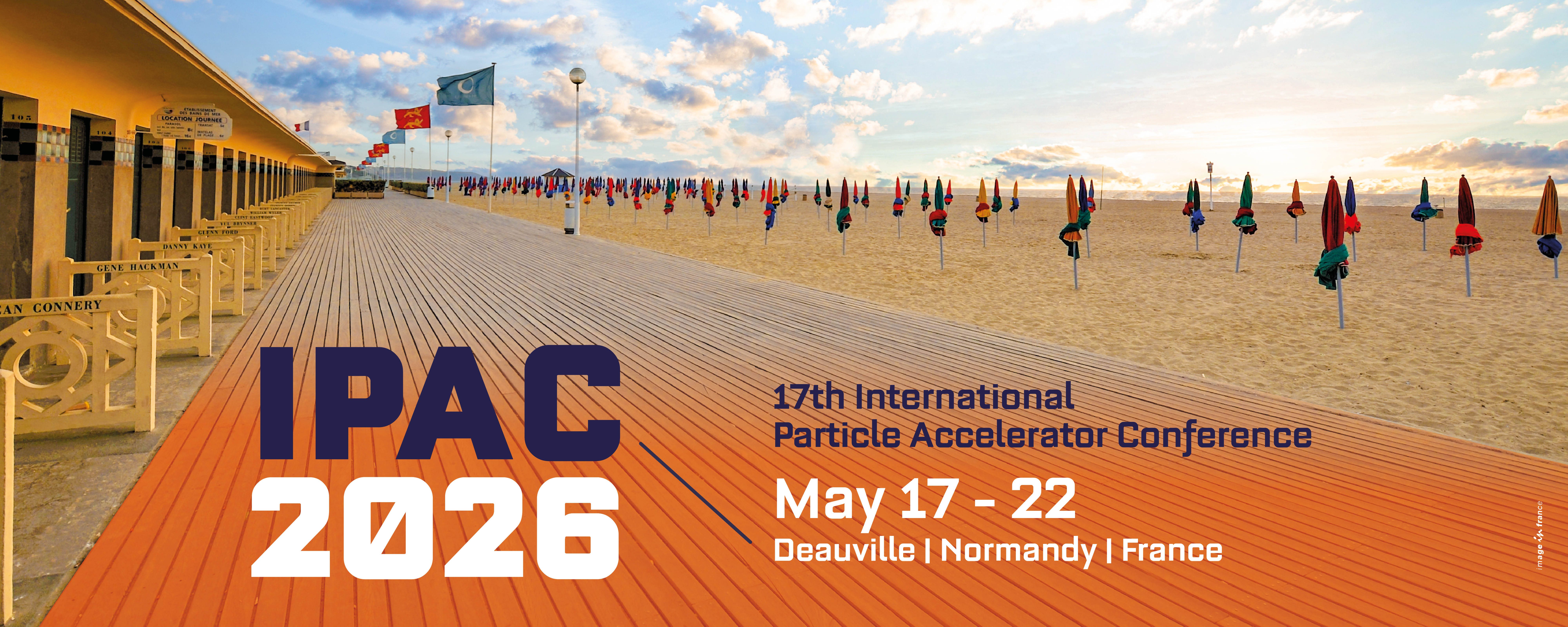Manipulating phase space of the beam distribution is increasingly important not only for advanced accelerator concepts but also for X-ray free electron lasers (FELs). In the case of hadron cooling, a prime example is magnetized beams, where cross-plane correlations between two transverse phase spaces dominate the beam dynamics. Precisely controlling these cross-plane couplings—either by...
RF systems for transverse deflection, also known as crab cavities, have been considered for many accelerator facilities in the last decade. This contribution reviews their application to storage ring light sources and colliders, both circular and linear. The constraints for the implementation of crab cavities in these accelerators and the technical challenges, with a focus on the recent...
The RCS at J-PARC is a kicker-impedance-dominant machine, which exceeds the impedance budget from a classical viewpoint. However, we have achieved a 1-MW beam without any transverse feedback by fully utilizing the indirect space charge effect to suppress beam instabilities.
Although the indirect space charge effect is beneficial, the beam instability can still occur in a high-intensity beam...
The speaker has experience in the modeling and measurement of high-intensity beams, including the SNS linac and BTF. Dynamics of halo formation and losses in the linac could be discussed. In addition to the unique status of SNS as the premier US intensity-frontier facility, the BTF has unique high dynamic range phase space diagnostics that enable detailed benchmarking of phase space details...

